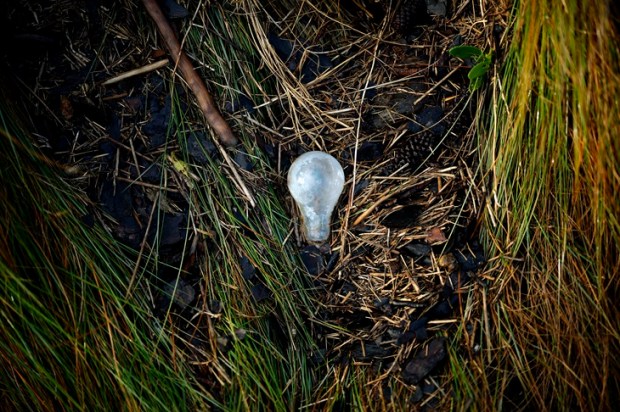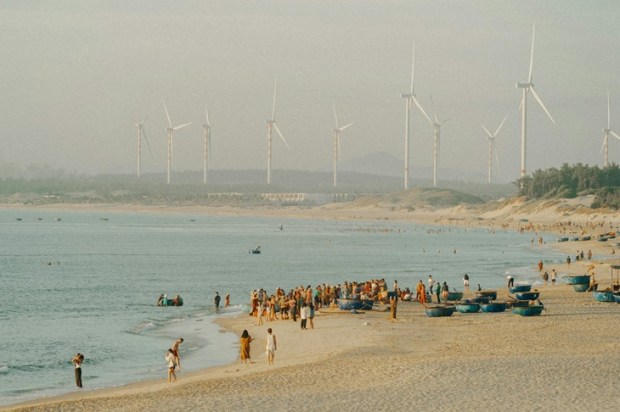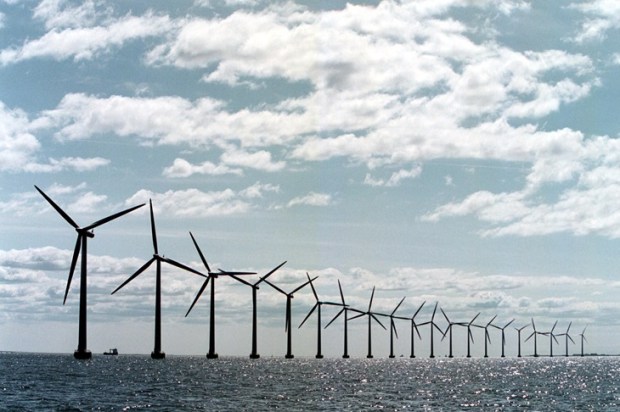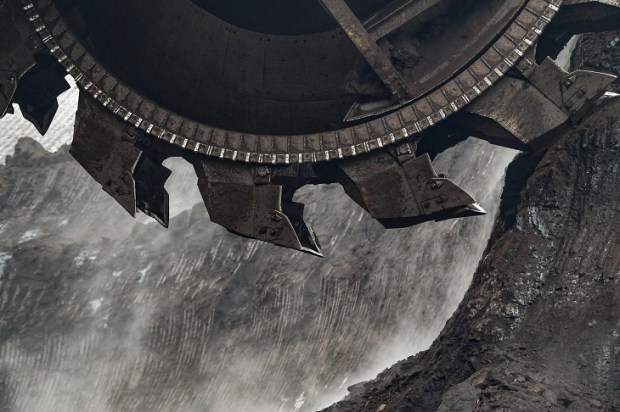Market regulation is designed to modify the outputs of, and inputs to, goods and services. In doing so, they will not only cause higher costs and prices but also bring unanticipated distortions that require additional regulations that normally magnify cost increases.
Nowhere is this more apparent than with regulations placed over the Australian electricity market and the expanded subsidies envisaged under the government’s recently announced Capacity Investment Scheme.
Already a subscriber? Log in
Subscribe for just $2 a week
Try a month of The Spectator Australia absolutely free and without commitment. Not only that but – if you choose to continue – you’ll pay just $2 a week for your first year.
- Unlimited access to spectator.com.au and app
- The weekly edition on the Spectator Australia app
- Spectator podcasts and newsletters
- Full access to spectator.co.uk


























Comments
Don't miss out
Join the conversation with other Spectator Australia readers. Subscribe to leave a comment.
SUBSCRIBEAlready a subscriber? Log in